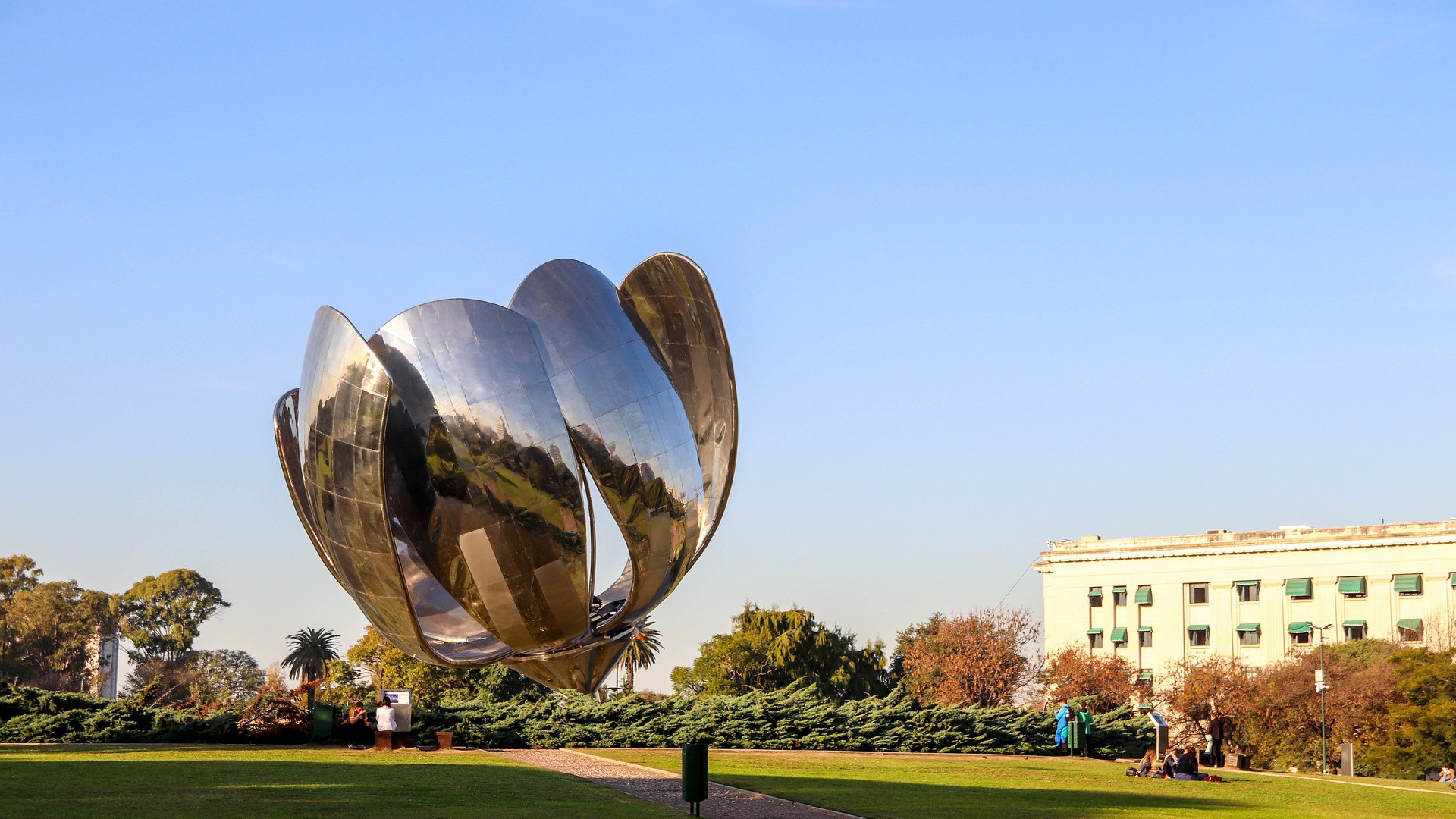
Official name: REPUBLIC OF ARGENTINA
Short name: Argentina
Capital: Buenos Aires
Date of membership: January 10 1977
Geography
Location: South of South America, bordering the South Atlantic Ocean, between Chile and Uruguay.
Area: 3,761,274 km²
Land boundaries: 9,665 km.
Border countries:
North: Republics of Bolivia and Paraguay, with its northernmost point at the confluence of the Grande de San Juan and Mojinete, province of Jujuy (Lat. 21° 46′ S, Long. 66° 13′ W).
South: Republic of Chile and the Atlantic Ocean, being its southernmost point Cabo San Pio, located on the island of Tierra del Fuego, (Lat. 55° 03′ S, Long. 66° 31′ W).
East: Federative Republic of Brazil, Eastern Republic of Uruguay and the Atlantic Ocean. Its easternmost point is located northeast of the town of Bernardo de Irigoyen, Misiones Province (Lat. 26 ° 15’S, Long. 53 ° 38’W).
West: Republic of Chile. Its westernmost point is located between Cerro Agassis and Cerro Bolados (Cordon Mariano Moreno ) in Los Glaciares National Park, Santa Cruz Province (Lat. 49° 33′ S, Long. 73° 34′ W).
Coastline: 4,989 km
Climate: Its climate ranges from warm and temperate to arid and cold. Such variety is due to the extension of its territory and its geographical features.
Natural resources: minerals (such as gas, coal, and petroleum), fertile agricultural land, and tourist sites.
Environment – international agreements. Party to: Antarctic-Environmental Protection, Antarctic-Marine Living Resources, Antarctic Seals, Antarctic Treaty, Biodiversity, Climate Change, Climate Change-Kyoto Protocol, Climate Change-Paris Agreement, Comprehensive Nuclear Test Ban, Desertification, Endangered Species, Environmental Modification, Hazardous Wastes, Law of the Sea, Marine Dumping-London Convention, Nuclear Test Ban, Ozone Layer Protection, Ship Pollution, Wetlands, Whaling.
Economic indicators
| Total at current prices | 389591 | Millions USD | 2020 |
| Per capita at current prices | 8620 | USD | 2019 |
| Growth rate per capita at constant prices | -10.7 | % | 2020 |
| Imports of goods and services (% of GDP at current prices) | 13.6 | % | 2020 |
| Exports of goods and services (% of GDP at current prices) | 16.6 | % | 2020 |
Source: Argentina: National Economic Profile. CEPALSTAT. Databases and Statistical Publications. ECLAC. Inquiry: 11-02-22
Socio-demographic indicators
| Total population | 45 195.8 | (000) | 2020 |
| Life expectancy | 77 | Years | 2020-2025 |
| Women | 80 | Years | 2020-2025 |
| Men | 74 | Years | 2020-2025 |
| Public health expenditure as a percentage of GDP | 9.6 | % | 2018 |
| Literacy rate for persons between the ages of 15 to 24 | 99.5 | % | 2018 |
| Net rate of enrolment in primary education | 99.6 | % | 2019 |
| Net rate of enrolment in secondary education | 89.3 | % | 2019 |
| Public expenditure on education as a percentage of GDP | 4.8 | % | 2019 |
| Gini Coefficient | ND | ND | ND |
| Unemployment | 11.5 | % | 2020 |
| Migration | 0.1 | % | 2020-2025 |
Source: Argentina: National Socio-Demographic Profile.CEPALSTAT. Data Bases and Statistical Publications. ECLAC. Inquiry: 11-02-22
Language: Spanish
Government
The system of government adopts the representative, republican and federal system (Constitution, Article 1). The people directly elect their representatives.
Administrative Organization: 23 provinces and 1 autonomous city (Distrito Federal) Buenos Aires, Buenos Aires Capital Federal, Catamarca, Chaco, Chubut, Cordoba, Corrientes, Entre Rios, Formosa, Jujuy, La Pampa, La Rioja, Mendoza, Misiones, Neuquen , Black River, Salta, San Juan, San Luis, Santa Cruz, Santa Fe, Santiago del Estero, Tierra del Fuego – Antarctica and South Atlantic Islands, Tucumán.
Independence: independence from Spain on 9 July 1816.
Constitution: promulgated on May 1, 1853. Amended in August 1994.
Suffrage: 18 years of age. The vote is universal and compulsory.
Executive branch
It is held by the President of the Nation. Head of State: President Mauricio Macri (since December 2015); Vice-Presidente Marta Gabriela Michetti (since December 2015).
Legislative branch
It is vested in a Congress composed of two houses: one of Deputies and the other of Senators from the provinces and the City of Buenos Aires.
Chamber of Deputies, Made up by representatives directly elected by the people of the provinces of Buenos Aires, and the Capital in case of transfer, which are considered for this purpose as constituencies of a single state, and a simple plurality of votes.
Senate: Consists of three senators from each province and three by the City of Buenos Aires, elected directly and jointly, two seats to the political party having the greatest number of votes, and the remaining political party that will follow in the number of votes. Each senator has one vote.
Judicial branch
It is exercised by the Supreme Court, and judges and courts of the various agencies and jurisdictions. Jury Trial and the Council of the Magistracy are permanent bodies of the judiciary. It also includes the national courts, Attorney General, Public Prosecutor and the Public Ministry of Defence.
Internet domain: ar
Official Web site: https://www.argentina.gob.ar/
President’s Office site: http://www.presidencia.gov.ar
Ministry of Foreign Affairs: https://www.cancilleria.gob.ar/en
